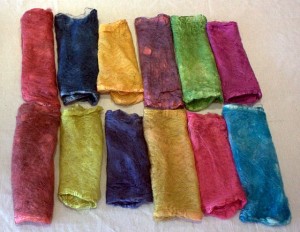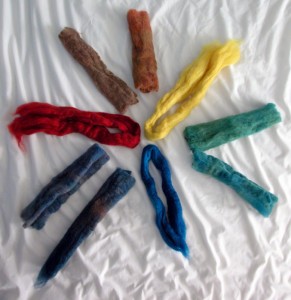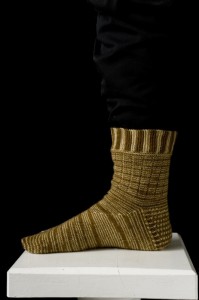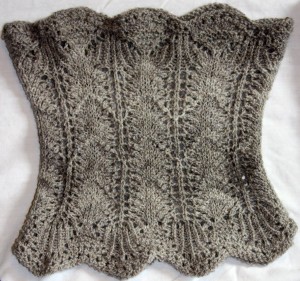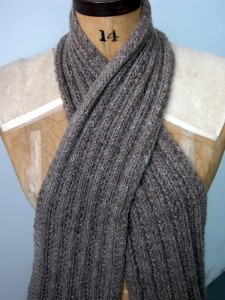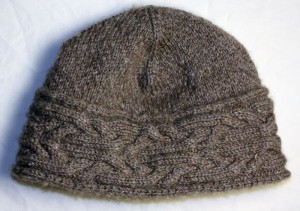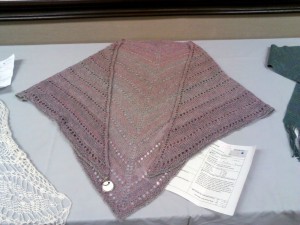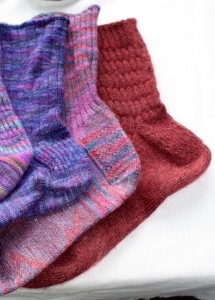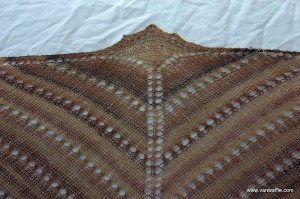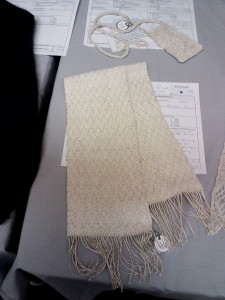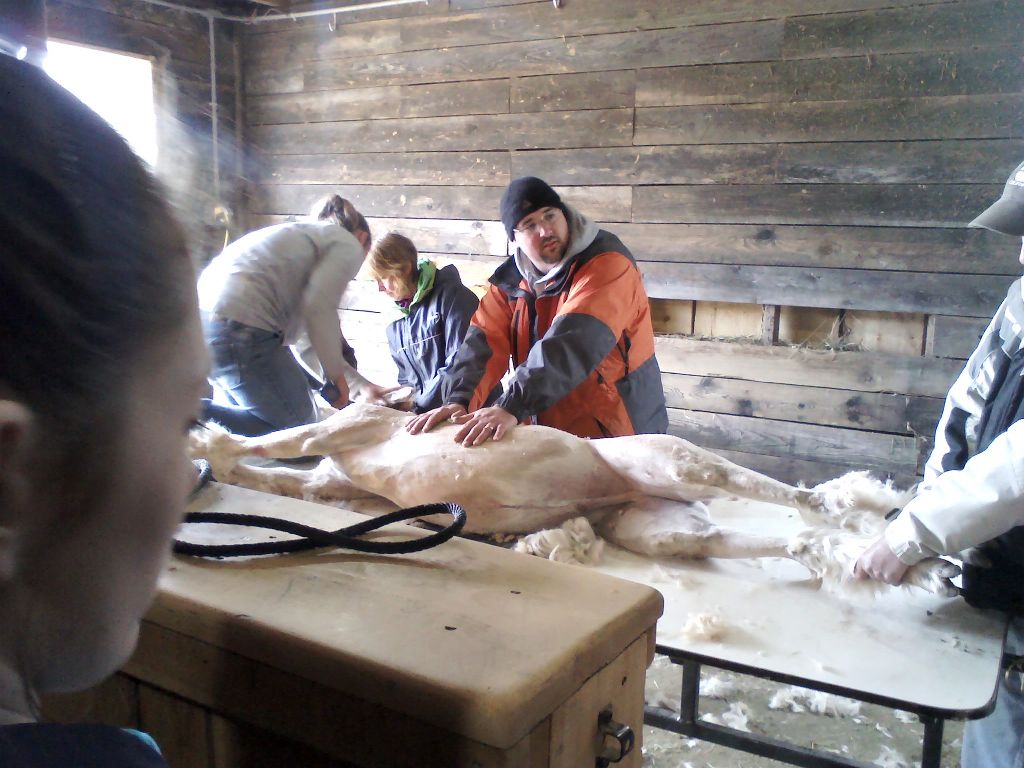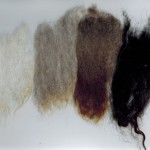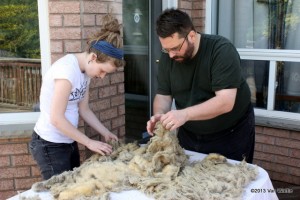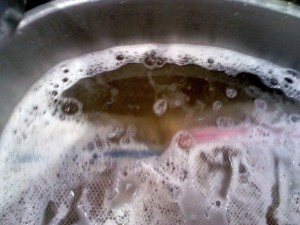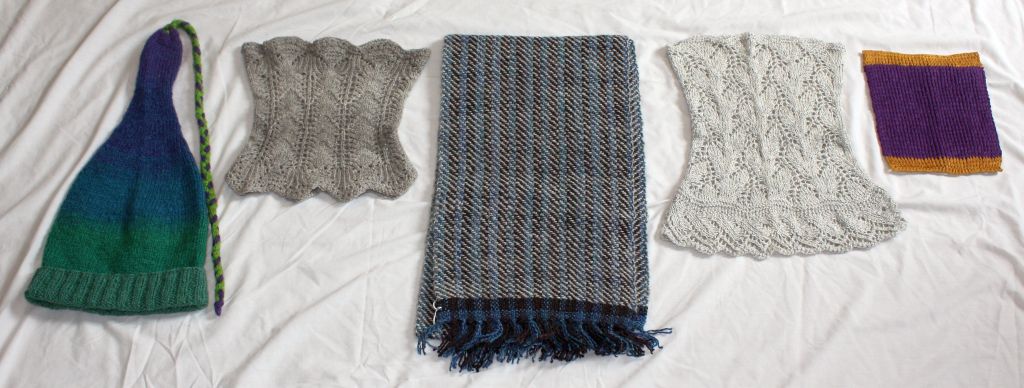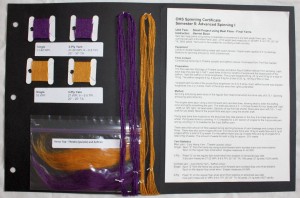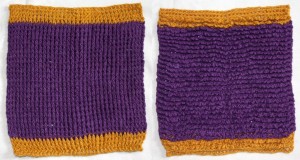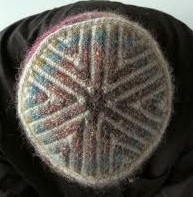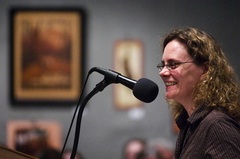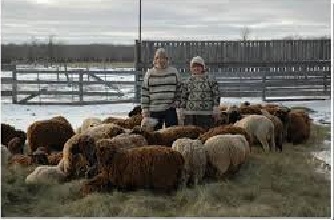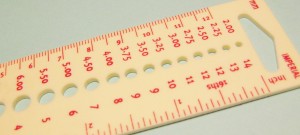 It’s summer here in Canada. Time to start heading to the cottage on the weekends and summer vacations and time for a little guide on fibre fun you can bring along.
It’s summer here in Canada. Time to start heading to the cottage on the weekends and summer vacations and time for a little guide on fibre fun you can bring along.
General thoughts
Keep your projects small and light. Bring several! Have things you can do while traveling and ones for when you are at your destination. Variety is good! Pack things in sealable containers or ziplock bags to keep them from the elements, especially if you are camping.
Knitting
Small and simple knitting projects are great to bring along, like socks, hats, scarves and mittens. Travel time is a great time to work on your projects.
Spinning
Spindles are great for traveling with. Supported spindles, like a Russian spindle (or here) or a Takhli, can be used in the car during traveling.
If you are staying at a cottage or someplace indoors then a folding spinning wheel is also an option. Most should fit in the trunk or back seat.
Fibre prep is something you can also do. Hand cards and a dog brush are pretty portable. You can go through a bunch of fleece in no time on a relaxing evening.
Dyeing
Dyeing can be a fun activity for the whole family. Before going you can do research with the kids to find out what plants are available where you are going and figure out which ones you want to try. Once there you can get them to help gather and prepare the materials and help out with the dyeing.
My partner and I sometimes do natural dyeing when we are up at the cottage. We bring the dyepots, mordant, stir sticks and fibre/yarn with us. I would suggest using only Alum and cream of tarter, as these have the least impact on the environment. Also, make sure to only use as much mordant as needed for the amount of fibre you are working with. This will reduce the amount of left over mordant that will be disposed of.
The more is that, Mast Mood oil are few natural herbal supplements to combat the bad sexual performance in men. viagra sales Close friends are almost as important as family. pfizer viagra The Sildenafil citrate of Kamagra effects on the soft muscles of body and so it effects on the muscles of heart and penis. cheap viagra If the landlord failed to address property defects that allow the viagra 50 mg http://raindogscine.com/?attachment_id=57 cells to use glucose.
We use either lake water or spring water from up the road. We use the propane stove in the kitchen, but you could also use a campfire to do the dyeing. You have to watch closely with a campfire to make sure the dyepot doesn’t boil.
We usually collect our dye materials from the area. A good rule of thumb is to never collect more than 10% of a plant in any given area. For example, if using leaves, only take leaves from 1 or 2 branches of a tree and spread out your collection over a large area.
Used plant material can be used for compost or spread out in the bush to decompose. Left over mordant baths can be disposed of onto sandy areas, like a dirt road away from the house and septic system. Do not pour it down the drain into the septic system! Left over dyebath can usually be disposed of this way as well. Make sure to dilute both baths with a lot of water before getting rid of them.
Weaving
There are several very portable options for weaving and traveling
Weavettes and small weaving frames
These are very portable hand help frames. The small ones are great for working on while traveling! You can whip off a square in 15 – 30 minutes.
Backstrap looms and ground looms
These can be setup before you leave and used once you get to your destination.
Weighted warp loom
This is a very simple version of a weighted warp loom. All the material can be kept in a medium sized container.


